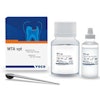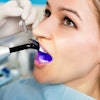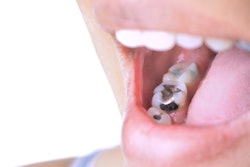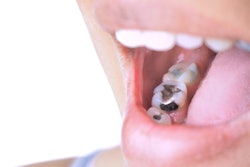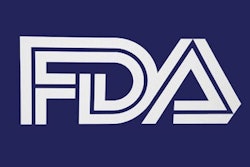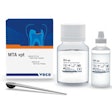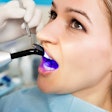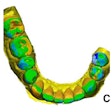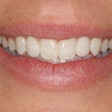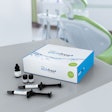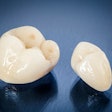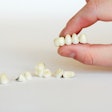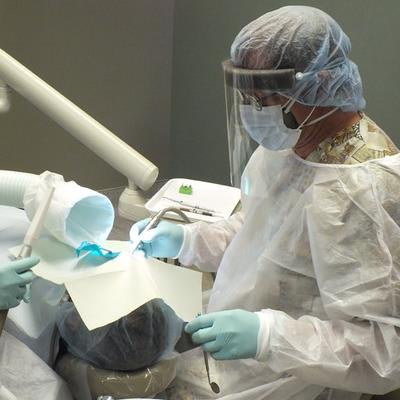
Mercury exposure during amalgam removal procedures may be seven times higher than the limits recommended by some occupational safety organizations, a new study has found. The research findings suggest minuscule amalgam particles may be able to generate staggering amounts of mercury vapor.
Four general dentists from the U.S. and Canada were worried that conventional testing methods did not adequately measure the mercury vapor emitted from amalgam particulate, the tiny particles generated when an amalgam restoration is removed with a high-speed drill. The dentists conducted their own study to measure this hidden mercury source and were shocked by the results. They published their findings in the Journal of Occupational Medicine and Toxicity (July 17, 2019).
 David Warwick, DDS.
David Warwick, DDS."We had a pretty good idea that there was another [mercury] source that the industry hadn't considered, but we were very surprised at the levels that came off the particulate," lead study author David Warwick, DDS, a dentist from Alberta, Canada, told DrBicuspid.com. "We were more shocked at how long the particulate emitted the mercury vapor. There were some samples that had significant levels even after four hours!"
High-speed drills generate friction, increase the heat of amalgam, and release minuscule particles known as volatilizing amalgam particulate. Dr. Warwick describes this particulate as "sawdust" that can emit far higher concentrations of mercury vapor per mass than the elemental form.
To better estimate the amount of mercury vapor dentists may be exposed to from this particulate, Dr. Warwick and colleagues swabbed the head of a dental drill after removing amalgam fillings from 21 patients. A mercury vapor testing machine then analyzed the amount of mercury coming off the swabs.
Nine of the 21 swabs showed peak mercury values above the safety thresholds set by the U.S. National Institute for Occupational Safety and Health (NIOSH) and Alberta Occupational Health and Safety (AOHS).
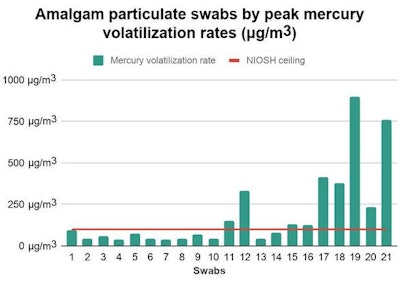
At its peak, the highest vapor concentration reached nearly 900 µg/m3, more than seven times the NIOSH and AOHS safety limits. In addition, multiple samples continued emitting mercury vapor levels above the recommended ceiling for more than four hours.
"It is clear that dental particulate generated from drilling amalgam fillings produces mercury vapor at levels of concern over a substantial period of time that can breach threshold levels and that this needs to be considered in occupational safety strategies," the study authors wrote.
Shortcomings of safety limits
Dr. Warwick believes volatilizing amalgam particulate is a hidden source of mercury that conventional testing methods may not adequately measure. He was partly inspired to look for such a source when he broke out in rashes and lesions.
"I had suffered from skin rashes and lesions on my forearms off and on for the last 20 years," Dr. Warwick said. "I am convinced now that this was from the mercury particulate as I have not had any issues since I have been using appropriate barriers."
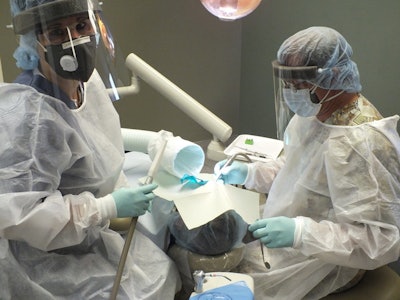 Dr. Warwick and colleague wear protective gear during an amalgam removal procedure. Image courtesy of Dr. David Warwick.
Dr. Warwick and colleague wear protective gear during an amalgam removal procedure. Image courtesy of Dr. David Warwick.While the samples exceeded amalgam thresholds set by NIOSH and AOHS, they fell below the ceiling set by the U.S. Occupational Safety and Health Administration (OSHA), which measures average mercury exposure over an eight-hour time period. Dr. Warwick disagrees with this calculation.
"OSHA has stated that their ceiling level of 100 µg/m3 is actually a time-weighted number over eight hours," he said. "It is very confusing because I don't believe that this level is ever going to be protective over an eight-hour period."
It is also important to note that the NIOSH and AOHS safety ceilings are meant for general exposure. This particular form of mercury may not qualify for those safety thresholds, the authors cautioned. When asked for comment, NIOSH stated the organization does not currently have an expert on this subject area.
The ADA maintains that amalgam restorations are safe, affordable, and durable. The association does not recommend removing mercury-containing dental amalgam unless there is a medical or dental reason for doing so.
"It has been studied and reviewed extensively," the ADA wrote in a statement to DrBicuspid.com. "Amalgam restorations have not been found to be associated with adverse health effects."
Safety in the practice
“The protective strategies we used are far more comprehensive than most dental offices and -- more concerning -- almost all dental schools.”
Dr. Warwick recommended that dentists and dental schools strictly follow existing regulations for removing amalgam restorations. This includes using copious amounts of water and high-volume suction, cross-hatching the material before removal, and providing effective barriers and inhalation protection.
He also advised disposing protective clothing after amalgam removal procedures. The particulate swabbed from the drill is only a fraction of the amount that can be released. The remaining particulate can land on the hands, arms, face, and neck or even be inhaled.
Since conducting this study, Dr. Warwick and his co-authors have been experimenting with new forms of protection, such as polyethylene gowns and mercury-rated face masks. However, Dr. Warwick doesn't believe the problem will be solved until dentists stop using mercury-based fillings altogether. After all, he and his colleagues followed all the recommended steps and still found high mercury vapor readings.
"The protective strategies we used are far more comprehensive than most dental offices and -- more concerning -- almost all dental schools," Dr. Warwick said. "The first thing [to do] would be to stop putting this material in people's mouths, stop teaching it as a default posterior filling material in school, and start teaching the proper way to use more superior alternatives."
